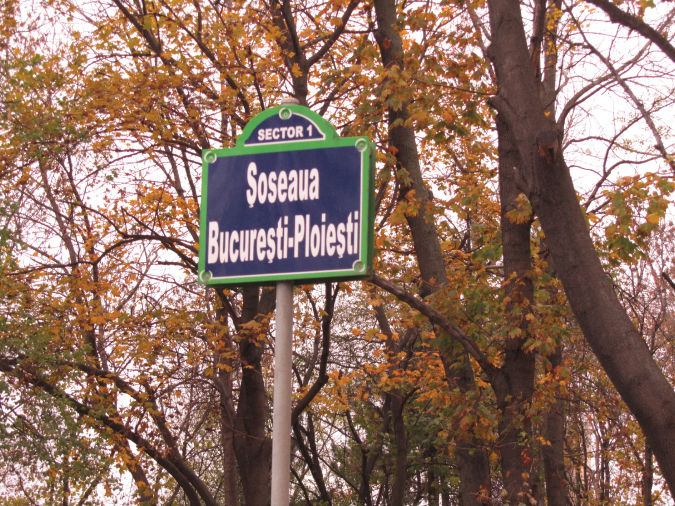Chapter 3Romania

I – Ro-man-ee-a!
Bucharest doesn't feel frontier.
At the Henri Coandă Airport, named after the jet plane inventor, a carpeted bridge leads to the terminal building. Thirty identical black and white Adidas bags rotate at baggage reclaim, heralding the arrival of the Greek national team for the World Cup run-offs. Outside, familiar corporate names top glass and steel towers. Wide highways lined with linden trees are packed with BMWs, Saabs and Dacias – the car produced here by Renault since communist times for export to Germany and beyond.
Most often seen as yellow taxis, the Dacias take their name from the kingdom before the Roman Empire gave the country its modern-day identity and Latin tongue. The sounds of Bucuresti are more like Roma a thousand kilometers west than the Slavic nations bordering to the north and east. Visually the city is a steal from Paris, with a slightly smaller Arc de Triomphe, a broader and longer Champs Élysées and names like Piata Charles de Gaulle binding French and Latin influences that survived communism.
This is my third trip to Romania. I first came as a child in the early 80s to a drab Black Sea resort near the port of Constanta. My memories are of a man haggling to buy an old polo shirt my Dad was wearing as we left one of the foreigner-only Comturist shops, and the suspicion that a student in swimming trunks and long gray socks ...
Get Frontier: Exploring the Top Ten Emerging Markets of Tomorrow now with the O’Reilly learning platform.
O’Reilly members experience books, live events, courses curated by job role, and more from O’Reilly and nearly 200 top publishers.

